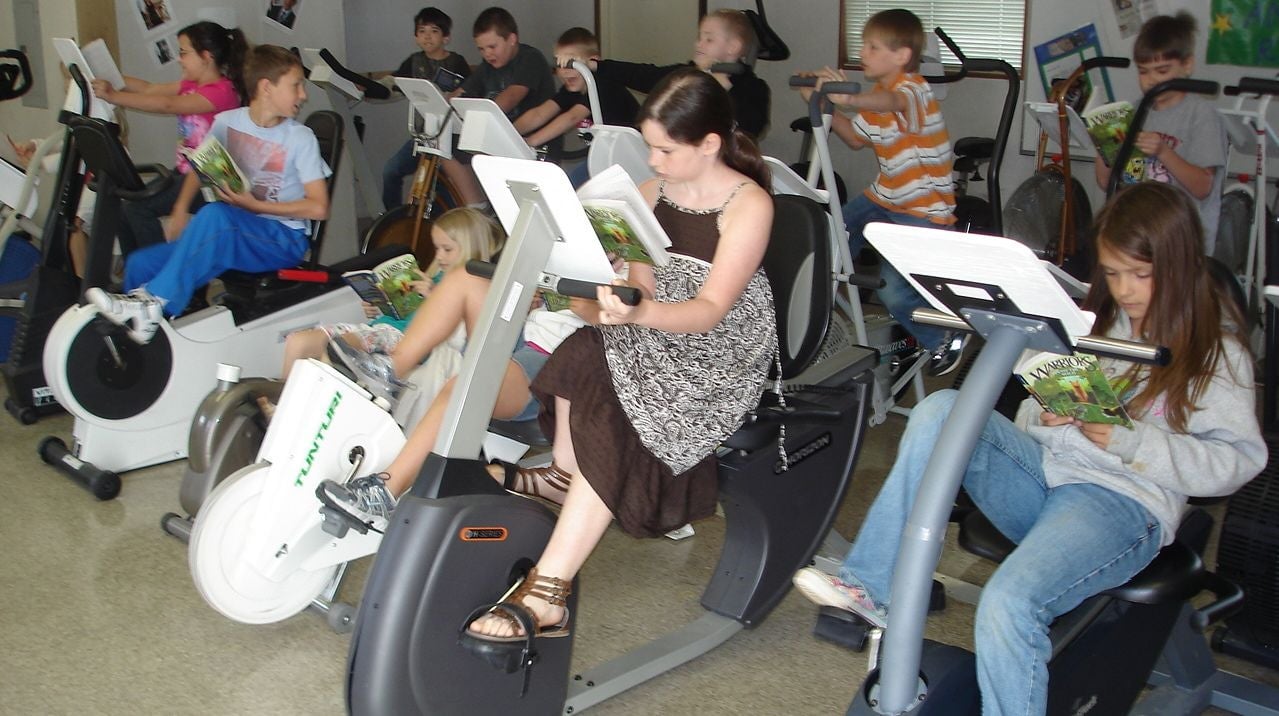Three ways to get kids to exercise without gym class
There have been plenty of studies to suggest that exercising is good for children—the latest, published in the journal Pediatrics, tested the effects of an after-school physical activity program on 109 8- and 9-year-olds, and found that the exercise helped not only their physical health but also their brain function and ability to focus.


There have been plenty of studies to suggest that exercising is good for children—the latest, published in the journal Pediatrics, tested the effects of an after-school physical activity program on 109 8- and 9-year-olds, and found that the exercise helped not only their physical health but also their brain function and ability to focus.
But despite the benefits of activity for both brain and body, many students in the US are getting less recess time or physical education classes, largely a casualty of widespread budget cuts in many public schools.
To combat inactivity, some schools are fitting in exercise in surprising places:
Bike culture comes to the classroom
A light bulb went off for Ward Elementary School counselor Scott Ertl when he was working out at a local gym, and he found himself reading while riding a stationary bike—he realized students might benefit from it too, Ertl tells Quartz. So he started a “read and ride” program at the North Carolina school five years ago, collecting used and donated stationary bicycles and allowing students to take time during the day to pedal and read.
Since then, Ertl has filled an empty classroom with 30 stationary bikes, which homeroom teachers can reserve for their students to do independent reading as a bonus activity. The students don’t actually participate in classroom discussions or take tests while pedaling, but Ertl says it serves as an outlet for restless kids to release their energy, and it allows the children who don’t enjoy PE classes to be active without having to compete with their peers.
At least one other school, Russell D. Jones Elementary in Arkansas, adopted the idea after Ertl introduced it. Physical education teacher Lowell Ratzlaff, who has overseen the program there for three years, tells Quartz that students can use the bikes to read books that are part of the school’s accelerated reading program.
Standing desks aren’t just for the office
The standing-desk trend has proliferated in offices in the past few years as a way to combat the negative effects of sitting all day (although it turns out that standing all day has some drawbacks). Texas A&M associate professor Mark Benden has conducted a number of studies to measure the effect of standing desks on elementary and middle school students.
He found that kids at standing desks (there are stools, so the students can sit when they want to) burned between 15% to 25% more calories during the school day than the ones who remained sitting, and he is currently conducting a study on high school students to test whether there’s a 24-hour improvement in health, as opposed to just a daytime effect.
A morning constitutional
Wildwood Elementary School in Amherst, Massachusetts, found the most simple way to get kids moving—a morning walk. Students who arrive early on the bus walk around the building for 10 or 15 minutes every morning, principal Nick Yaffe tells Quartz. There are teachers posted around the school to oversee the morning walk, and a stretch in the back of the school where they can run if they prefer.
Other students just walk and talk, either to their friends or to students in different grades. When the temperature drops below 20 degrees Fahrenheit, the walk moves inside.